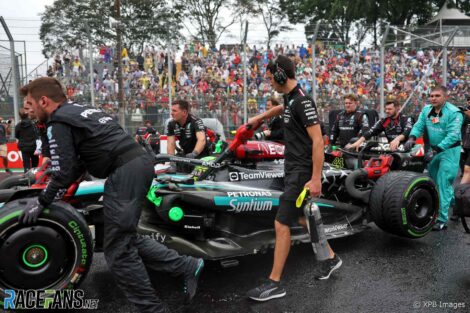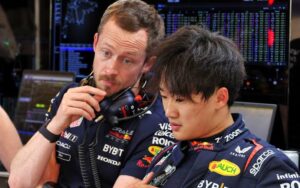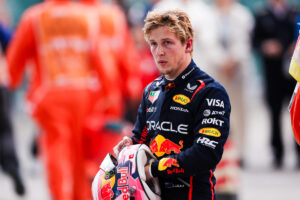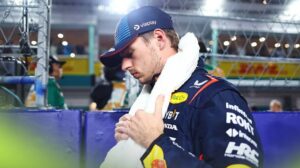Hot off the press:Mercedes fined €10,000 for tyre pressure errors on Hamilton and….. Read more

Lewis Hamilton (GBR) Mercedes AMG F1 W15 on the grid. 03.11.2024. Formula 1 World Championship, Rd 21, Brazilian Grand Prix, Sao Paulo, Brazil, Race Day. - www.xpbimages.com, EMail: requests@xpbimages.com © Copyright: Staley / XPB Images
Mercedes fined €10,000 for tyre pressure errors on Hamilton and Russell’s cars.
During a recent Formula 1 race, Mercedes received a €10,000 (£8,388) fine for violating tire pressure regulations on cars driven by Lewis Hamilton and George Russell. The infraction stemmed from Mercedes adjusting tire pressures after the wheels had been fitted to the cars, which contravened the FIA’s technical directive 003. This directive stipulates that tire pressures must be set prior to wheels being fitted onto the cars, making Mercedes’ last-minute adjustment a procedural breach.
The situation arose under unusual circumstances. Following an aborted race start, an additional formation lap was completed by the drivers, causing confusion among teams about proper procedural timelines. The stewards pointed out that the sequence of events — an abrupt call to line up on the grid and restricted access points — contributed to the technical breach. Under standard conditions, violations like this would typically lead to a sporting penalty. However, the stewards acknowledged that the Mercedes team faced specific logistical difficulties due to the circuit layout and the timing of access to the grid. The incident took place after the FIA’s 10-minute warning was given for the re-start, which the stewards described as “immediate,” allowing teams minimal time to react and access the grid efficiently.
The FIA’s technical delegate reported that Mercedes’ tire pressures were, in fact, within legal limits, despite the procedural irregularity. The stewards noted that, given the compressed timeline and logistical complexities, the Mercedes team likely could not have complied with the exact requirements of the technical directive. Hence, the stewards issued a fine instead of a harsher sporting penalty, such as a grid position drop or race-time penalty.
In their official statement, the stewards detailed the constraints Mercedes faced, particularly regarding access to the grid. “After the race start was aborted, the 10-minute notice was immediately given for the new start,” they explained. “Given the layout of the circuit and the access point to the grid from the pit lane, the time period for the team to get to the grid was extended.” Compounding the situation, the gate to access the grid was reportedly not opened right away, adding to the challenges. As a result, the stewards accepted that the limited time made it “extremely difficult if not impossible” for Mercedes to comply fully with the technical directive.
Acknowledging these extenuating circumstances, the stewards opted for a financial penalty, emphasizing that this decision was specific to the unique context of this race. They highlighted the unusual circumstances, including the last-minute adjustments to race procedures, the specific track layout, and the narrow window of time, as factors justifying the deviation from standard punitive measures. Normally, any tire pressure infraction occurring during a competitive session would incur a sporting penalty, which could affect team standings or driver positions.
The stewards concluded their statement by noting that this ruling was not intended to set a precedent for future infractions of a similar nature. They clarified, “This decision should not be considered as a precedent for any similar breach in the future as the circumstances are considered unique.” In essence, while the procedural violation under normal conditions would likely have led to a more severe sporting penalty, the exceptional circumstances of the race called for a more lenient approach in this case.
Overall, the fine reflected an understanding of the complex, atypical scenario surrounding the incident rather than any leniency towards Mercedes’ non-compliance. It remains a one-time exception based on the specific challenges presented during this particular race. Going forward, the decision underlines the expectation that teams must adhere strictly to the technical directives barring similarly exceptional conditions.








